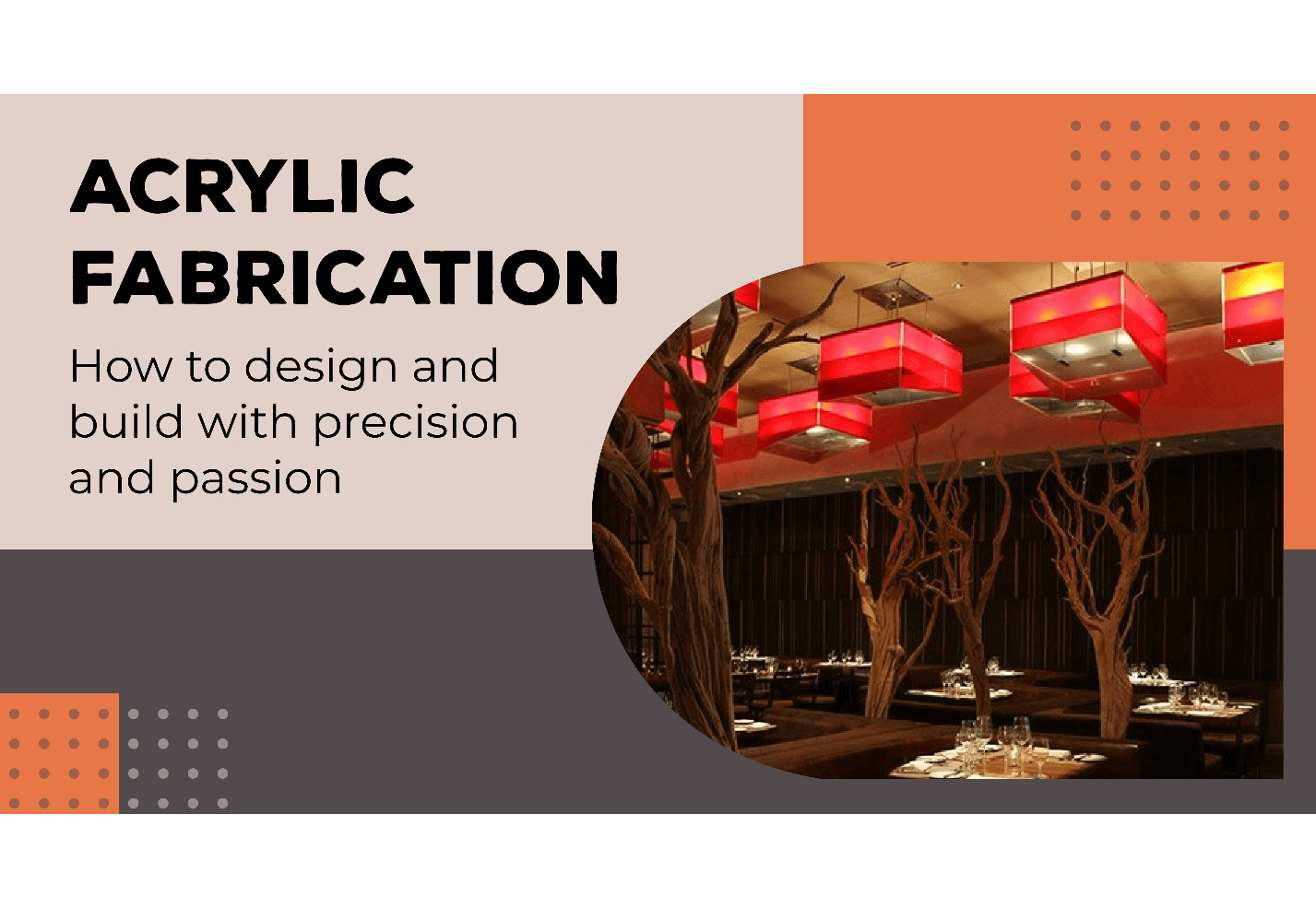Acrylic fabrication is an exciting process that allows professionals to create unique and functional objects with precision and passion. From prototypes to complex designs, acrylic can be used to build a variety of products, from furniture and architectural components to industrial parts and components. The process of acrylic fabrication involves cutting, forming, and assembling the materials to create the desired product. In this blog post, we will explore the basics of acrylic fabrication and discuss how to design and build with precision and passion.
Designing and Building with Acrylic
1. Plan the Design:-
2. Choose the Right Acrylic:-
3. Cut the Acrylic:-
4. Form the Acrylic:-
5. Join the Acrylic:-
6. Finish the Acrylic:-
Once your design is complete, consider adding a finish to the acrylic. Options include polishing, sanding, and painting.
Overall, acrylic fabrication requires careful planning and attention to detail. With the right tools, materials, and techniques, you can create beautiful and functional acrylic pieces for a wide variety of applications.
The Benefits of Acrylic
Some of the benefits of acrylic include its strength and durability, as it is more impact-resistant than glass and less likely to break. Acrylic is also lightweight and easy to fabricate, making it an excellent choice for creating complex shapes and designs.
Additionally, acrylic is weather-resistant, making it ideal for outdoor use, and it has excellent optical clarity, making it an ideal material for displays and signage.
Finally, acrylic is available in a range of colors and finishes, allowing for greater design flexibility.
Final Thoughts
With careful planning, attention to detail, and the right tools and techniques including CNC and Laser cutting, acrylic can be cut, shaped, and formed into beautiful and functional pieces for a wide range of applications.
Whether it’s creating furniture, signage, or art, acrylic fabrication offers endless possibilities for designers and builders to unleash their creativity and produce products that are both visually appealing and practical.

